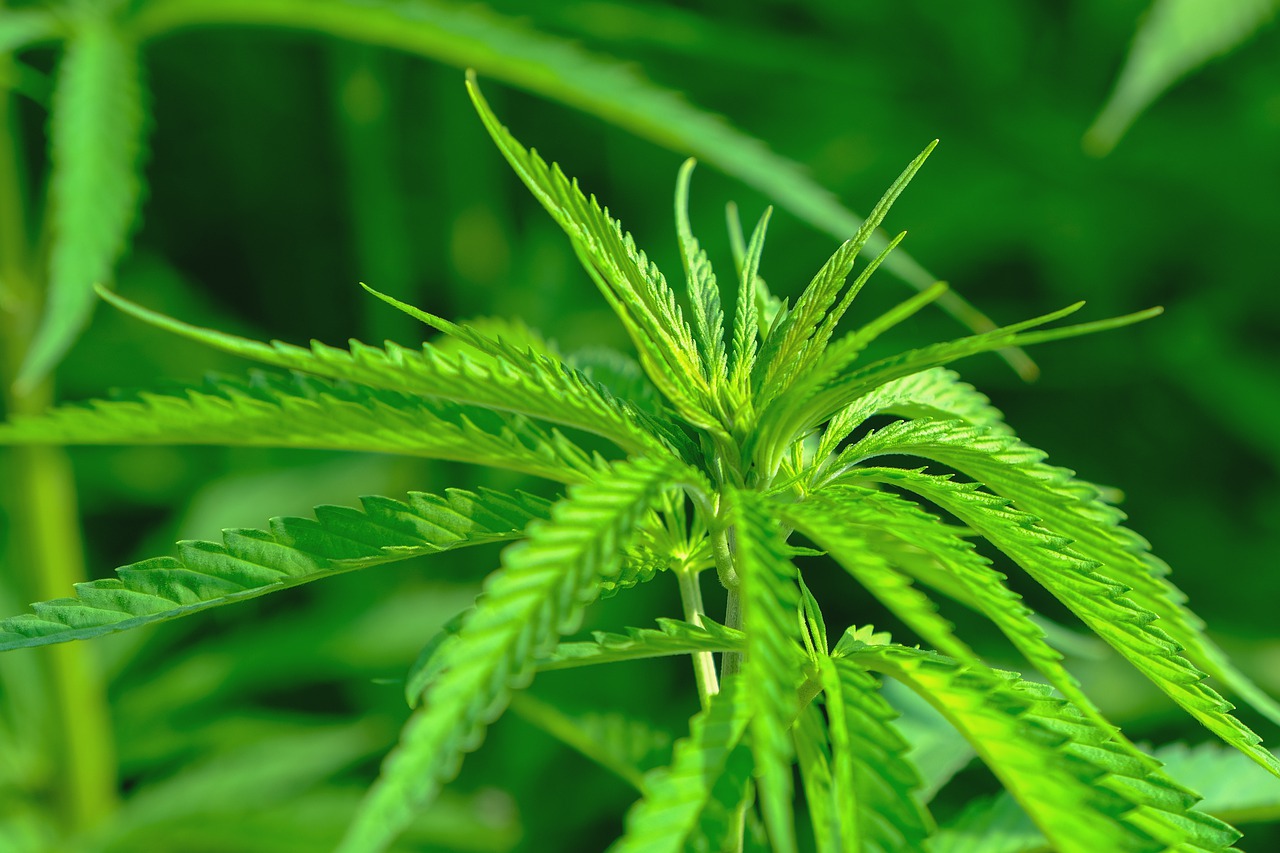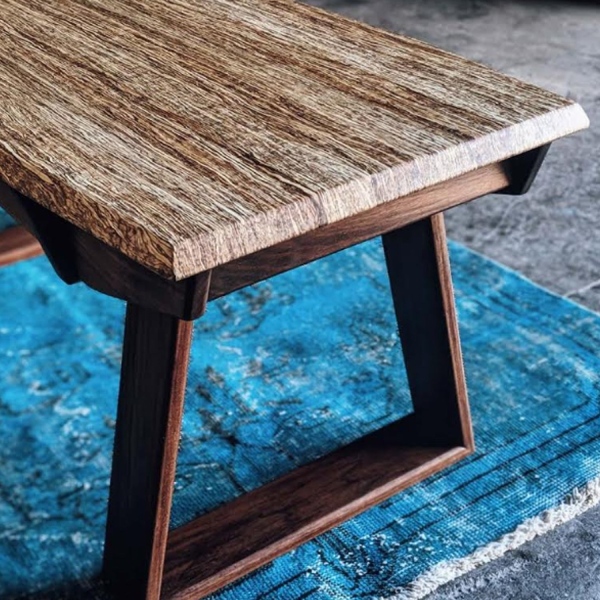Wood is one of the most ancient building materials. Before the invention of cement, wood was the most used material in the construction industry. The natural beauty and long-lasting nature of wood can bring warmth as well as beauty to our everyday décor of the home.
In the era of concrete construction, wood is still used in making furniture, doors, cabinets, etc. Overutilization of wood, has led us all to think that “Is constructing with wood sustainable?” With increasing deforestation the quantity of wood available is decreasing. An average tree takes many years so that its wood can be used. With this in mind, researchers and innovative entrepreneurs are shifting to other alternatives of natural wood.
Can you imagine a wood which is sustainable? Hempwood is such an alternative which is yet not popular but gaining popularity rapidly. Instead of waiting for decades for wood, hemp wood can be harvested and regrown in not more than six months!
What is Hemp?

Hemp or industrial hemp is non-intoxicating varieties of Cannabis Sativa L. Cannabis is subdivided into two species, (i) Indica and (ii) Sativa. The industrial hemp has tetrahydrocannabinol (THC) less than 0.3% by dry weight. According to research paper “Industrial hemp in North America: production, politics and potential” develop by ‘Jerome H. Cherney & Ernest Small’, the high amounts of THC in Cannabis is known to cause intoxicating effects in the human body. The hemp plant has height varying from 1 – 5 m. The 2018 Farm Bill allows hemp to be used as agricultural commodity, which has boosted research and farming of hemp in the United States. Mostly for industrial purposes, hemp is harvested in large quantities. One of the recent innovations of a derived product from hemp is hempwood.
Another popular product made from hemp is hempcrete, gharpedia has written a detailed article on, refer here for more in detail:
What is Hempwood?
HempWood is a patented product made by Fibonnacci, LLC, in Murray, Kentucky, USA. It is made of hemp fibers hold together by soy-based adhesives. The hemp fibers are glued using cross-linking binders, heat and pressure. The timber then is cut in thickness as per the requirements.
What does Hempwood Look Like?

Although it may sound from the above description that hempwood will be like another form of particle board, but that is not the case. This sustainable wood substitute looks and feels like Oak and also has properties similar to that of Oak wood.
Advantages of Hempwood
Hempwood is Sustainable Alternative to Wood:
One of the major advantages of hempwood is that it is a sustainable material. The hemp can be harvested in six months. After the harvest, it can be grown again for commercial production of wood. While natural wood such as Oak wood takes up to 60 years for its wood to be used as timber.
Equivalent Hardness of Hempwood:
According to the Fibonnacci LLC, the hempwood has Janka hardness of 2600, which fairly comparable to Mahogany wood (2800). Janka hardness test gives the resistance of a wood sample towards denting and wear. You can have more information regarding Janka Hardness test in ASTM D143 – 94[107].
Hempwood is Recyclable and Biodegradable:
Hempwood is completely recyclable and can be reused at the end of its life, and is also biodegradable.
Hempwood is Energy Modest:

Hempwood is produced from hemp fibres which are direct product of the hemp plant. The production and harvesting of hemp does not require energy extensive activities such as mining and burning.
Hempwood is Eco-friendly:
According to ‘Eric Lichtfouse & Grégorio Crini’ (Editors of Book Called Sustainable Agriculture Reviews 42 – Hemp Production and Applications), Hempwood is made using soy-based glue and no formaldehyde is involved, thus it does not emit VOCs like other composites. Hemp building materials absorbs carbon from the atmosphere and hence is eco-friendly.
Insulating Properties of Hempwood:
Hempwood has good thermal and acoustic insulating properties. Hence, it does not get too hot or too cold. For countries like USA, where average weather is cold, it helps in keeping the house warm.
Hempwood Pest Resistance:
Unlike natural wood, hempwood is resistance towards pest. Therefore, it does not require pesticides and is economical to grow and maintain.
Hempwood has Higher Stability:
According to the Fibonnacci LLC, the hempwood is 20 percent more stable compared to oak wood, with less likelihood of warping and twisting.
Hempwood Refinishing:
Just like any wood, hempwood can be repaired and sanded again and again.
Production of Hempwood is Inexpensive:
As compared to traditional wood such as oak, teak, etc., hempwood production and processing is easy and less expensive.
Besides this, Gharpedia has published a detailed article regarding wood’s advantages and disadvantages as a building material. Read more about this here –
Applications of Hempwood
Hempwood, for time-being has applications in various interior and non-structural projects. Although its applications in structural projects is being considered and with more research, in near future it may be used in structural components. Applications of hempwood are as follows:
- One of the major applications of hempwood is flooring. Hempwood floorboards gives the feel and warmth of natural wood.
- It is also used in making furniture(i.e. hempwood furniture) and décor articles.

- Hempwood has also found its application in production of particleboards.
- Interior facades are also manufactured from hempwood.
- Doors made from hempwood are also being used in the interior of the house.
Finishing of Hempwood
Wood finishes can transform a simple wood piece into a decorative feature and increase its aesthetics. There are various types of wood finishes available in the market such as varnish, wax, wood stain, oils, paints, etc. Just like the traditional hardwood, hempwood can be stained, sanded, painted to fit any interior design styles. Lamination and wood veneer can also be applied on hempwood to further increase its aesthetics and durability.

If you want to know about various types of wood finishes, then refer here:
To summarizing, Hempwood is a recent innovation which produces sustainable wood and helps prevent deforestation. After legalization of industrial hemp in various countries, hempwood production has started gaining success. The major advantage of hemp is that it can be harvested in six months which is very less as compared to other trees such as oak which takes 60 years to harvest.
Although the hempwood production is just launched recently, but after few years with more research and development, its availability will increase internationally. It may also be used in structural applications apart from non-structural applications in near future.
Before you leave this interesting blog, one thing you need to know Gharpedia has published detailed information about a few other sustainable building materials, if you want to know then click on the given below links –


